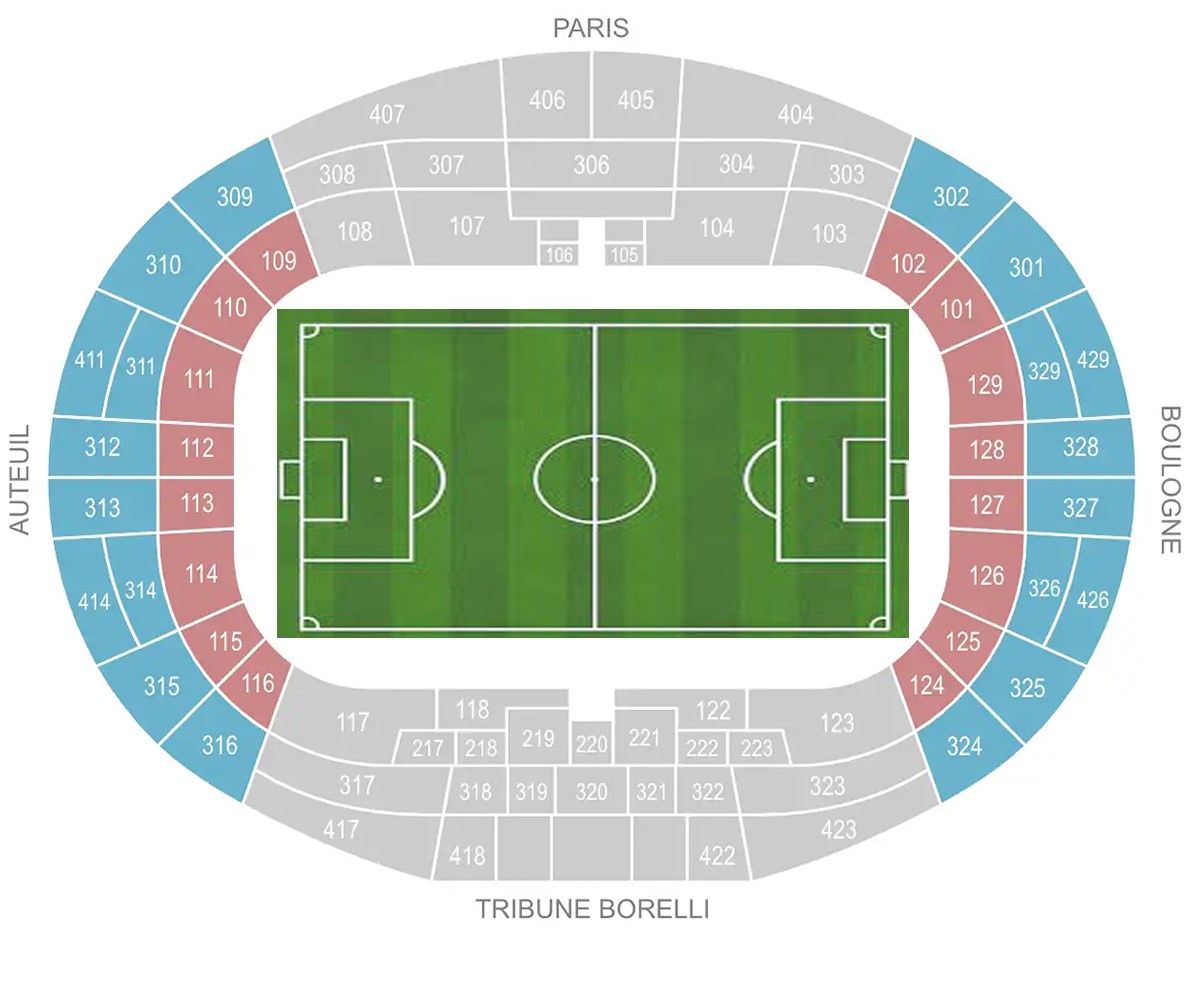FBL47 W - 1/4 final 1B vs 2C - Summer Olympics - Paris Olympic 2024 Olympic Football Tickets

Parc Des Princes
Olympic Football
Olympic Football, also known as Olympic soccer, is one of the most widely followed and competitive team sports at the Summer Olympic Games. While it may not carry the same level of prestige as the FIFA World Cup, it remains an important tournament that showcases emerging talent and offers exciting international matchups. Football was first introduced to the Olympic program in 1900 for men and in 1996 for women, making the women's competition a relatively recent but rapidly growing part of the event.
The format for Olympic football differs from most other international tournaments, particularly for the men’s teams. In the men’s competition, teams are typically restricted to players under the age of 23, with an allowance for up to three overage players per squad. This age limit was introduced to differentiate the Olympics from the World Cup and to encourage the development of younger players. In contrast, the women's tournament has no age restrictions and features full senior national teams, which means the Olympic gold is often as fiercely contested as a World Cup title in women’s football.
The tournament begins with a group stage, where teams are divided into pools and play round-robin matches. The top teams from each group advance to the knockout stages, culminating in a final where the gold medal is decided. The matches are played across several cities in the host country, adding to the festival-like atmosphere of the Games.
Olympic football provides a global stage for young players to gain international experience and attention. Many football stars, such as Lionel Messi, Neymar, and Marta, have competed in the Olympics and gone on to—or continued—legendary careers. The tournament also offers countries outside the traditional football powerhouses a chance to shine and compete on equal footing.
In recent years, women’s Olympic football has grown significantly in popularity and competitiveness. Nations like the United States, Canada, Germany, and Sweden have brought strong squads, and the tournament has produced memorable matches and champions. The Olympics now stand as one of the major goals for female footballers worldwide.
Overall, Olympic Football combines the universal appeal of the world’s most popular sport with the spirit of the Olympic Games. It offers thrilling competition, emerging talent, and national pride, making it one of the standout events of every Summer Olympics.
